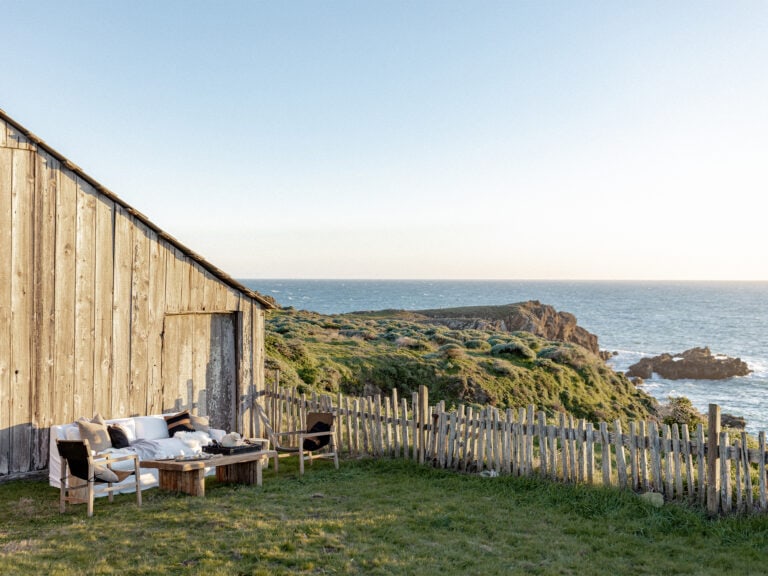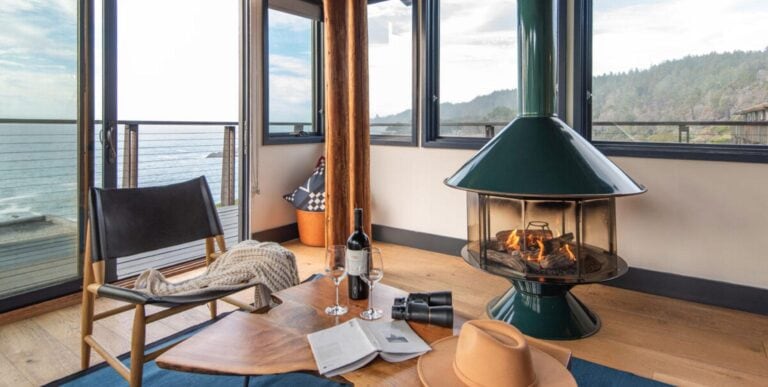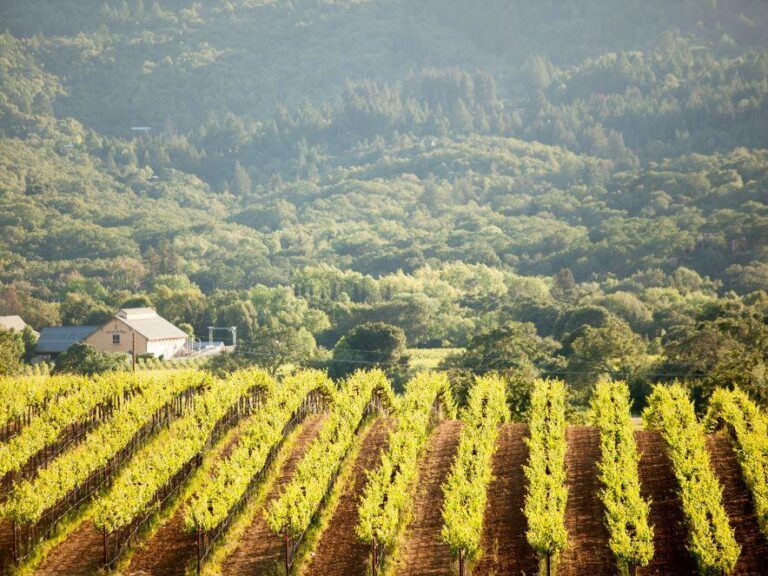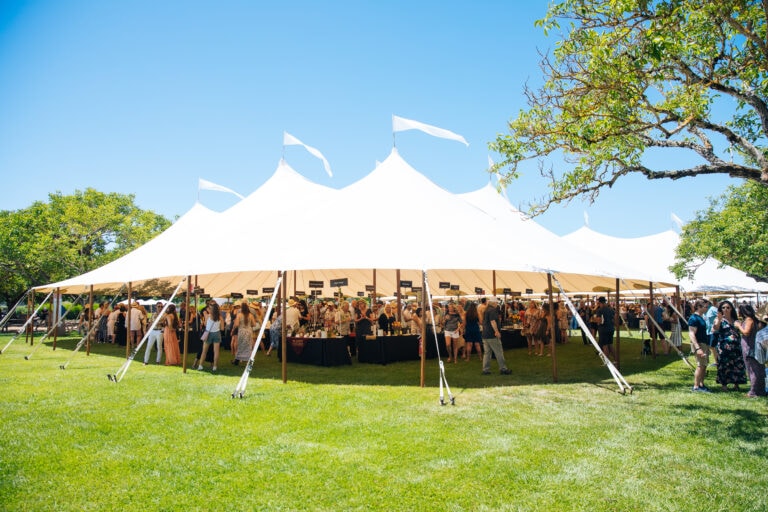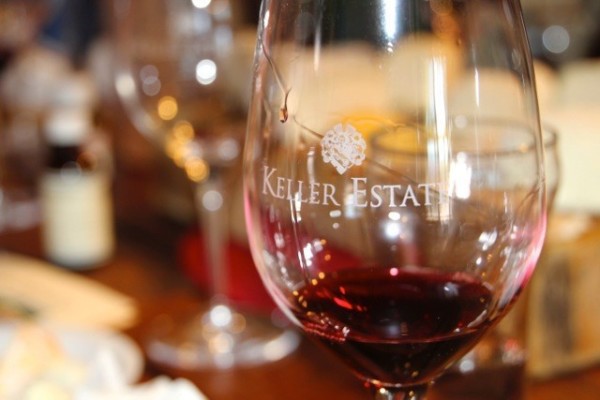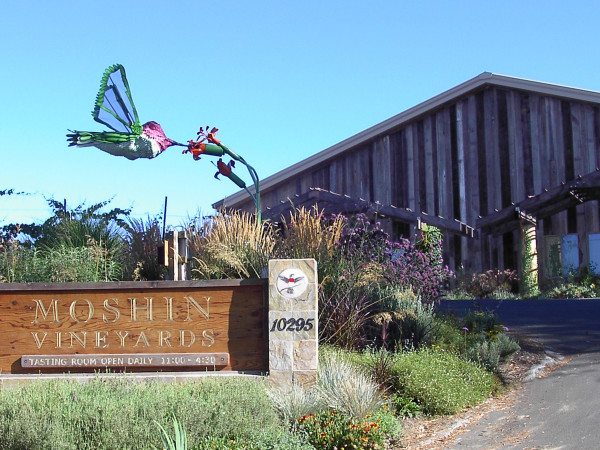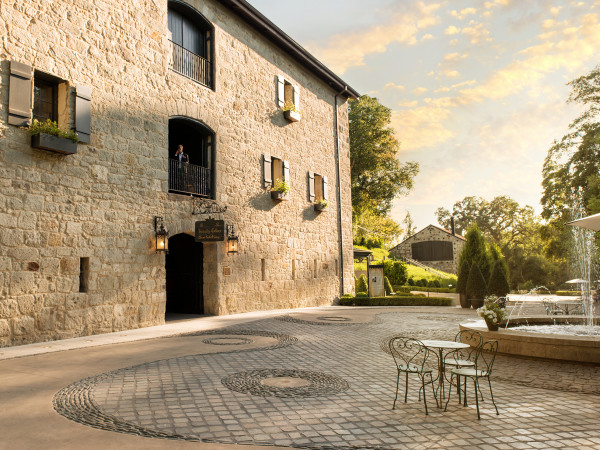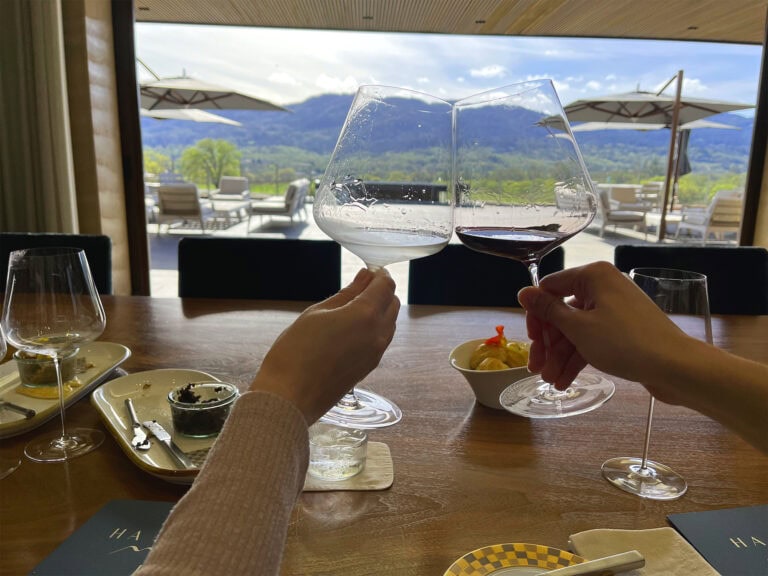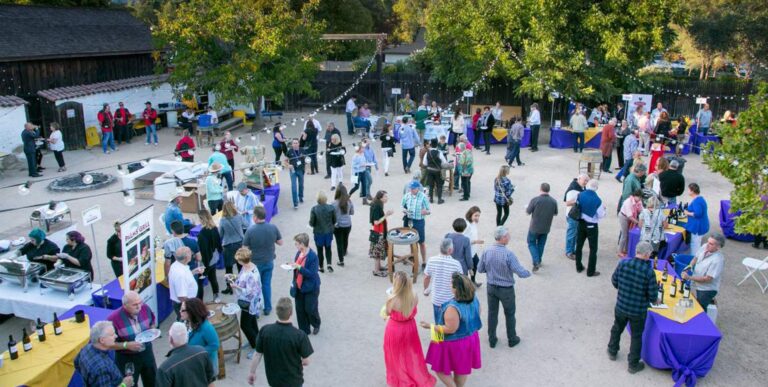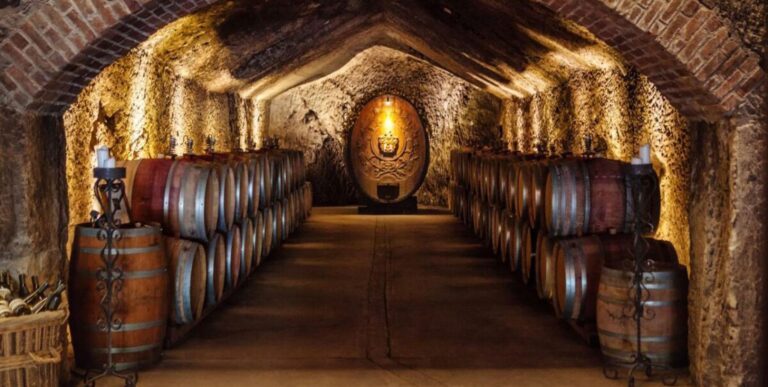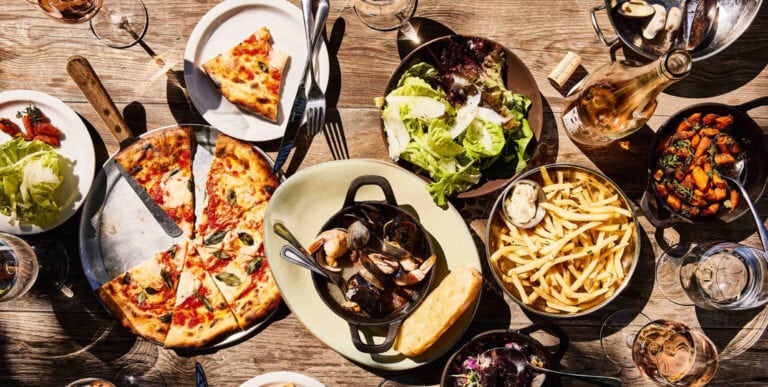Gravity-Flow Wineries are Crushing It In Sonoma County
When it comes to buzzworthy winemaking techniques, everything old is new again. The latest cellar trick isn’t a trick at all, but the practical application of a universal law: Gravity (yes, gravity!) is a tool that winemakers worldwide harness to capture precious juice from pressed grapes.
Witness the gravity-fed technique in action firsthand and taste the uncommonly expressive wines that the process yields at select Sonoma County wineries.
Understanding the Process with Keller Estate

What exactly is gravity-fed winemaking, and why has it captured the attention of curious oenophiles? Julien Teichmann, who has served as winemaker at Keller Estate in Petaluma for six years, explains.
“What it basically means,” says Teichmann, “is that the winery is set up to move wine through natural gravity, instead of artificially forcing wine through a pump to move up or down.” At Keller Estate, he says, “The winery has different levels, which allows us to have wine move naturally without mechanical interventions.”
Most winery production cellars are built with a single-story layout that requires fermenting juice to be pumped into various tanks in an energy-intensive process. With a multi-level gravity-fed winery design, winemakers can rely on the easy flow of wine from one level to another.
Why bother building a gravity-fed system, though, when an electrical pump could seemingly do the job? “The gravity-fed approach is gentler, less interventionist,” says Teichmann. “It can reduce oxygen introductions into wines, preserve purity, and minimize astringency.”
Importantly, gravity-fed winemaking is also less energy-intensive than some modern methods. Teichmann confirms, “The method itself will use less energy and water since we are rarely using pumps or must clean equipment.”
Watch the Keller Estate gravity-fed system in action by booking a tasting and tour at its windswept Petaluma Gap property. In addition to producing Pinot Noir with a gravity-fed system, the winery offers Chardonnay, Pinot Noir, Syrah and Pinot Gris from their sustainably farmed estate.
Perfecting Pinot Noir with Moshin Vineyards

Still confused about how it works? Moshin Vineyards, where gravity-fed winemaking is implemented, made this fun and engaging video to illustrate the process more clearly.
For owner and winemaker Rick Moshin, the gravity-fed process is particularly useful in showcasing the flavor profile of the notoriously finicky Pinot Noir grape, which he calls “one of the most difficult grapes to grow or work with.”
Pinot Noir, says Moshin, fares best with minimal oxygen exposure, which can disrupt its composition. “Aeration is a free radical that tends to break components apart.”
When produced via gravity-flow, rather than a pump, aeration is minimal. Moshin can get his wine all the way from the crush pad to the bottle with minimal oxygen exposure, resulting in a more authentic and expressive wine.
While this process can be optimal for Pinot Noir, wines made from burly, thick-skinned grapes might not need the process – not for flavor benefits, anyway.
“A lot of people argue they don’t need gravity,” he says. “I could agree, if they’re making a big, monster-style wine.”
For Moshin’s nuanced Pinot Noirs, which are gently fermented on native yeasts, gravity-flow is ideal. To see Moshin’s process up close, schedule a private tasting and cellar tour. In the tasting, you’ll also find Chardonnay, Sauvignon Blanc, Sparkling Wine, Petite Sirah, Zinfandel, Merlot, and Grenache.
Delving into History with Buena Vista Winery

According to Wine Spectator, the first known gravity-fed winemaking is thought to have been engineered in Armenia, around the year 4100 BCE. Artifacts reveal that early winemakers set up a crude press in a cool cave and allowed juice to run off into a pottery vat positioned below. By the early 19th century, the process was common in European winemaking, including Spain and France.
Soon, the gravity-fed winemaking came to California – beginning in Sonoma. Count Agoston Haraszthy, legendary force behind Buena Vista Winery, initiated a long list of “firsts” that account for his reputation as a wine industry pioneer. In 1857, he built California’s first commercial winery on the east side of the Sonoma Plaza. Along the way, he excavated the area’s first caves for aging and utilized the first known redwood fermentation tanks. As well, he became its first vintner to use gravity-flow in commercial winemaking.
While the production cellar at Buena Vista no longer uses gravity-flow, the original stone production facility, built in 1862 and now known as the Press House, is beautifully restored and well worth a visit.
Energy Efficiency with Fritz Underground Winery

When founder Arthur Fritz broke ground on his Cloverdale winery in the 1970s, a massive worldwide energy crisis was at hand. In order to run the facility as efficiently as possible, Fritz developed a plan to carve a subterranean production cellar into the hillside, positioning the crush pad at the top of the hill and allowing juice to flow down into fermentation vessels. With a primarily underground infrastructure, tanks and cellars would stay naturally insulated year-round without the use of extra electricity.

Today, you can book a tour of Fritz Underground Winery to discover the innovative architecture of the original production cellar, along with tastings of six different varietal wines. Reservations are encouraged.
A Family Affair with Lynmar Estate

Gravity-fed winemaking worked so well at Fritz Underground Winery that it became a sort of family tradition: When Arthur Fritz’s brother Lynn built Lynmar Estate in Sebastopol in the 1980s, he too implemented a gravity-fed system.
At Lynmar, tanks are first filled by utilizing gravity to carefully transfer the processed grapes into open-top fermentation vessels. Then, gravity drains the finished wine from the skins and into stainless steel holding tanks positioned below.
“This results in wines that are not sullied by rough handling,” says Anisya Fritz, winery co-owner.
Facility Development Company, a firm based in Santa Rosa that specializes in building wineries and other industrial spaces, reiterates the benefits of the process in a statement on their website:
This process is gentler, lowering the wine’s chances of becoming overly tannic, oxidated, or over-extracted. Research shows that this organic method of wine processing supports the quality of the finished product and even enhances the flavors of the wine.
Not sure whether to believe the hype? Try gravity-fed wines for yourself. At Lynmar Estate, you can not only glimpse the gravity-fed system and sip delicious wines, but you can also stroll the grounds of a stunning sustainably farmed estate.
Written by Amy Bess Cook
See What’s Happening
Share your experience using #SonomaCounty or #LifeOpensUp
